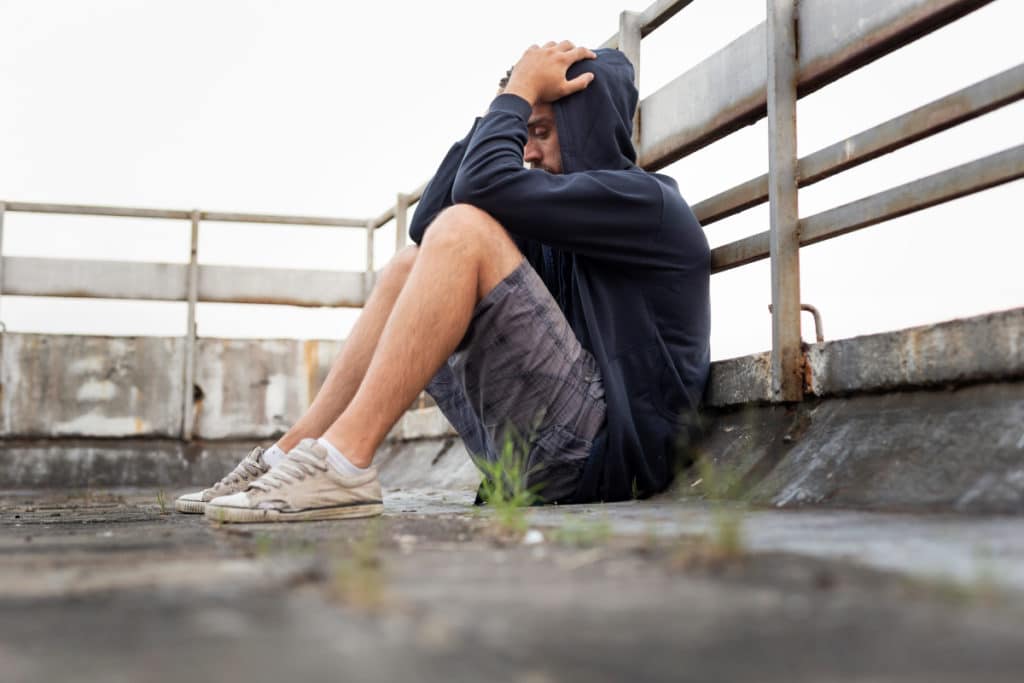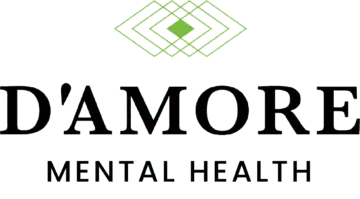As those who’ve been so depressed they couldn’t get out of bed already know, depression absolutely impacts the body. While not commonly thought of as a physical disease, research now shows that general mood disorders tightly correlate with physical symptoms.
The implications this has for treatment are profound. It lends credence to treatment options that target the body and hope for those who’ve found purely “cerebral” therapies lacking. Learning more about the physical signs of depression will help identify early warning signs of major depressive periods.
What are the Physical Signs of Depression?
By now, almost everyone is familiar with the mental and emotional symptoms of depression. It can be easy to see it as a purely psychological condition. A fuller view of the symptoms of depression is in order, which can dramatically improve patient outcomes.
Seeing depression in a new light can lead to a breakthrough shift in perspective. Considering the physical signs and symptoms of depression, one has something more tangible to engage with. Working with bodily symptoms may provide relief when purely cognitive treatments don’t.
Feelings and Sensations of Depression
It can be comforting to know you’re not necessarily experiencing depression plus a separate physical disease. Seeing a condition more holistically may translate to seeing oneself as more complete. For some, this may be enormously helpful in framing depression more meaningfully.
It offers reason to trust that targeting physical symptoms can also improve mood. One might even consider if an unknown third issue causes depression and related physical conditions. Either way, it puts depression in a completely new light.
The cause-and-effect relationship between depression and its physical symptoms is no longer apparent. It requires deeper inquiry into the nature of depression and the entire body. One has less reason than ever to feel ashamed of depression because it’s perfectly logical also to expect physical symptoms.
The Physical Signs and Symptoms of Depression
The connection between the body and mind is intensely powerful and poorly understood. Consider the following physical symptoms in light of the possibility that they’re common signs of depression:
- Chronic joint or back pain
- Gastrointestinal issues
- Changes in appetite
- Weight gain
- Weight loss
- Sleep issues and fatigue
- Changes in psychomotor activity
- Lack of energy
Why Does Depression Relate to Physical Conditions?
Dysregulation of certain neurotransmitters plays a vital role in depression and physical dysfunction. Serotonin and norepinephrine influence mood and pain. This connection between depression and its related physical symptoms makes it logical to expect physical symptoms with depression.
It’s no surprise to most clinicians. Often, depression is considered to be in remission once its significant emotional symptoms have subsided. However, it’s still quite common for residual physical symptoms to recur. Until recently, this link was only minimally considered.
This could also explain why some patients have initial, then diminishing, success with antidepressants. Most antidepressants are designed to reduce the absorption of these neurotransmitters that affect mood and pain, making them circulate in the body for longer.
Because there’s only so much neurotransmitter activity the body can naturally produce, these effects can’t be sustained without increasing the production of these neurotransmitters in the first place. Long-term habits that improve the production of these neurotransmitters will likely relieve depression and physical symptoms.
Considering depression more broadly is extremely helpful. It reduces the sense of burden that can come from seeing the physical and psychological difficulties as multiple conditions.
When one is depressed, the last thing they need is to feel like they have a steep uphill climb. If the mental and physical effects of depression are treated as two aspects of the same thing, it’s the patient who’s ultimately treated. Not the condition.
Depression’s Effect on the Mind and Body
Depression impacts the nervous system. Counterintuitively, it activates the sympathetic nervous system, which controls the action. This may be the core reason depression often corresponds to physical fatigue.
It also corresponds with anxiety, which can impact the entire body through increased heart rate variability. From there, practically every other bodily function can be impacted. The body becomes preoccupied with chronic, maladaptive states. This makes it harder to focus and see what will regulate the body most effectively into a more balanced state.
If meaning can be salvaged from this physical and mental suffering, it’s possible to find a space of deep introspection during depression. Many artists, for example, have been known to find a rhythm of “productive melancholy” despite depression’s otherwise debilitating effects.
More physically, depression can regulate the body — however unpleasantly — into a period of needed rest and recuperation. If the heavy pull of depression can be heeded with the healthiest intention, one can find the rest their brain, body, and mind necessarily crave without resistance.
Can Someone Hide Depression?
Greater attunement to bodily sensations and what they signal speaks volumes of the hidden signs of depression. But in the reverse, can someone deliberately hide their depression?
For brief, temporary periods, yes — many with depression do precisely this to get through their daily responsibilities. This may correlate with how the physical signs of depression become chronic. Long enough, and the one “suffering through” may become habituated to ignoring these signs (and the body’s cries for relief).
This helps one stay focused on their daily tasks, possibly convincing themselves that they are not depressed. It’s a way of blocking pain. But the drawback is a sense of anhedonia, numbness, and lack of pleasure. Attempts to feel better become harder, and what once gave pleasure provides less of it.
Reconnecting with these previously unheeded bodily signals can be confusing when one is ready or at the breaking point. There is a sense that something significant is hidden in these messages, but they are harder to read than ever. Like reacquainting with a long-lost friend, it can be awkward at first.
By seeing this re-integration as an essential step towards healing the mind and body, it can be much easier to do. Rather than viewing it as many separate burdensome conditions, it becomes a vehicle for life transformation. The patient is given a greater choice in how to work with depression.
Like a physically hurting friend seeking help, the physical symptoms of depression no longer need to feel like a secondary curse on an already hurting heart. People with depression should consult with a mental health professional to learn about treatment options.
Help is Available At With D’Amore Mental Health
With a renewed sense of depression’s effects on the body, the possibilities for treatment are greatly expanded. More than ever, clinical treatments for depression are taking seriously the need for physical healing alongside mental and emotional work. What the depressed mind and body crave are much more in alignment than previously thought.
For a cohesive approach to depression treatment that targets both physical and mental needs, contact D’Amore Mental Health. We’re one of Southern California’s leading inpatient mental health facilities. With a three-to-one staff-to-patient ratio, you’ll enjoy entirely individualized and holistic care — for both body and mind.
Contact us to learn more about our program and how we can help.





































